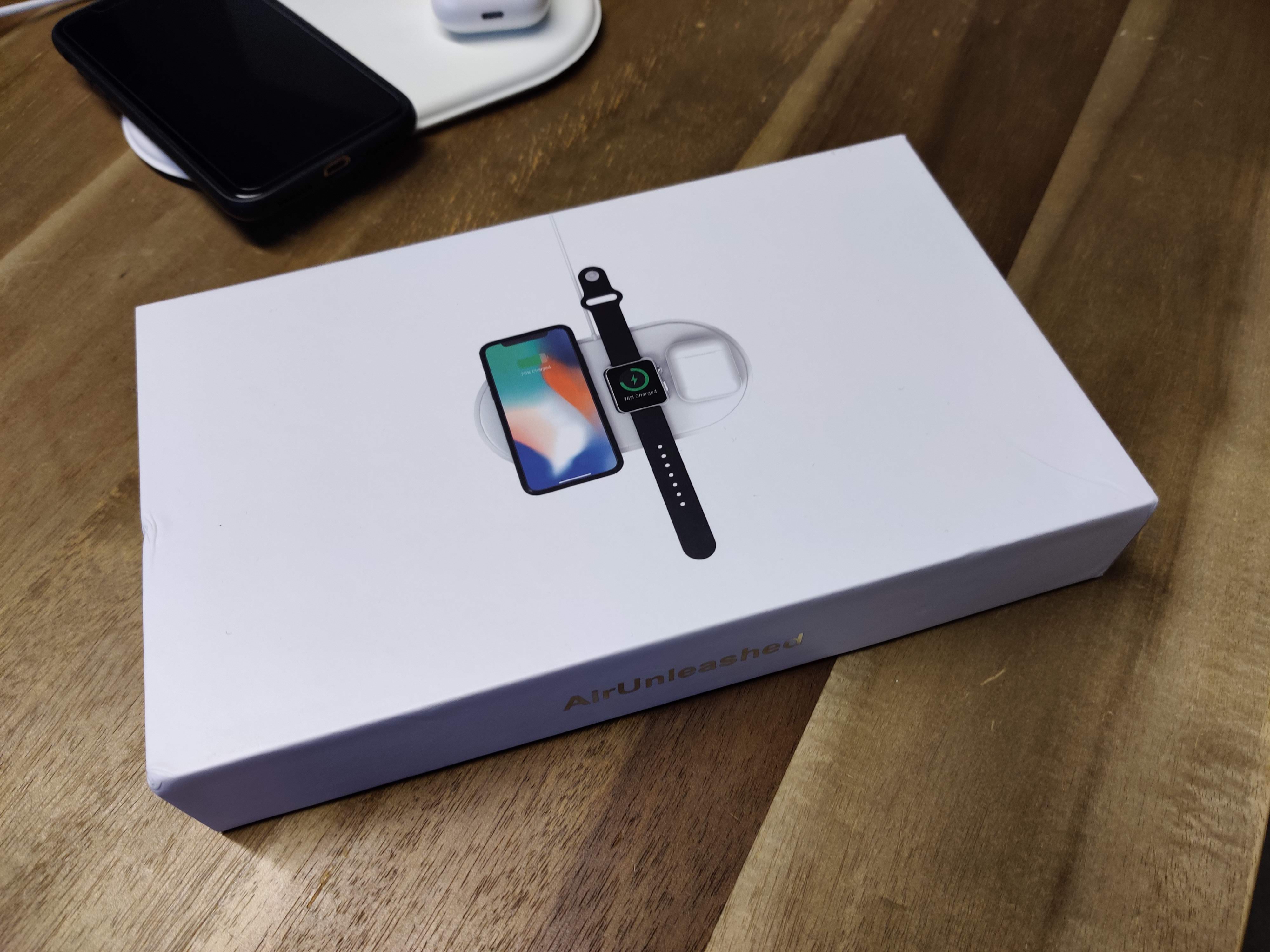Mike Davis is an American-Iranian serial entrepreneur in industries as wide ranging as IT consulting, residential contracting, diaper delivery, student loans and a new long-horizon private equity firm.
To the executives of Google and Apple:
I am Persian. In 1979, when I was just two years old, revolution upended Iran and permanently altered the country’s foundation. His vocation as an academic made my father a direct target of the new regime, and so — like so many other families — we fled Iran and began again in the United States. That was exactly 40 years ago. Today, I am a father, a husband and an entrepreneur with a deep love of America, but I think often of the country to which I have still been unable to return.
Iran is a land of strong-willed people. It is a land of grit and of hard-earned success. I see that most clearly in its emergent generation of entrepreneurs, birthed from the country’s 30+% unemployment rates. If you’ve been paying attention, you’ll know that Iran’s entrepreneurship sector is skyrocketing; in 2018 alone, the country moved up 13 spots on the Global Entrepreneurship Index. And the goals driving these new businesses are equally as impressive — things like improving women’s education, sustainability, urban waste management, advocacy of the arts. Forbes has said that Iran could become an entrepreneurial powerhouse, “if nothing gets in the way.” Unfortunately, Google and Apple are doing just that.
Two years ago, under the guise of complying with American sanctions against Iran — sanctions that have existed for decades — Apple started removing Iranian apps from its platform. Today, the App Store is completely unavailable to Iranians. Google’s Play Store followed suit. Access to software systems can be (and regularly is) cut off without notice, like Google’s Firebase, a platform for creating push notifications. For young businesses, these programs can be the difference between life and death, function and failure.
Take away my toolbox and ask me to be a carpenter; this is what you ask of them.
As many people much smarter than me have pointed out — like The New York Times’ Thomas Erdbrink and Vindu Goel — the timing of these decisions doesn’t make much sense, and neither does the reasoning behind it. Take DigiKala for example, one of Iran’s biggest e-commerce sites, or Snapp and Delion, Iran’s wildly popular cab-hailing and food delivery apps, respectively. These companies, along with almost every single one of Iranian app creators, transferred to an internal payment system called shaparak in early 2017 in order to comply with U.S. sanctions against online business transactions. But it turned out this was all for naught: less than six months later, Apple removed them all from the App Store.
As a serial entrepreneur myself, I identify with these young app developers. Like me, they have ideas. Like me, they execute. But unlike me, they are profoundly and increasingly disadvantaged by an entrepreneurial environment that restricts them right from the get-go and denies them a viable marketplace. As a result of Google and Apple’s actions, they are required to operate as entrepreneurs without the resources innately necessary for the job. Take away my toolbox and ask me to be a carpenter; this is what you ask of them.
Admittedly, you are not solely to blame. Much of this is a political game being played high above our heads. But your decision has a distinctly human impact. It is a direct threat to the livelihoods of tens of thousands of young people in Iran. As leaders in your industry, you have both the capacity and the responsibility to correct this practice. Your potential for impact here is substantial, and the same is true of Iranian entrepreneurs if they have the right tools — tools that you can and must provide. So what is a credible first step? Let’s start with an open conversation. Let’s sit down at a table together and brainstorm ways to align our interests, American executives and Iranian entrepreneurs alike.
There’s a concept called homophily. It posits that we as humans build networks with those similar to ourselves. It’s the very foundation of our species. Take a minute to remember your roots and I think you’ll see some similarities between Iran’s entrepreneurs and your own founders. What would our world look like today, if Larry Page, Sergey Brin and Steve Jobs never got their shot?

from Apple – TechCrunch https://tcrn.ch/2Y2ImyE




